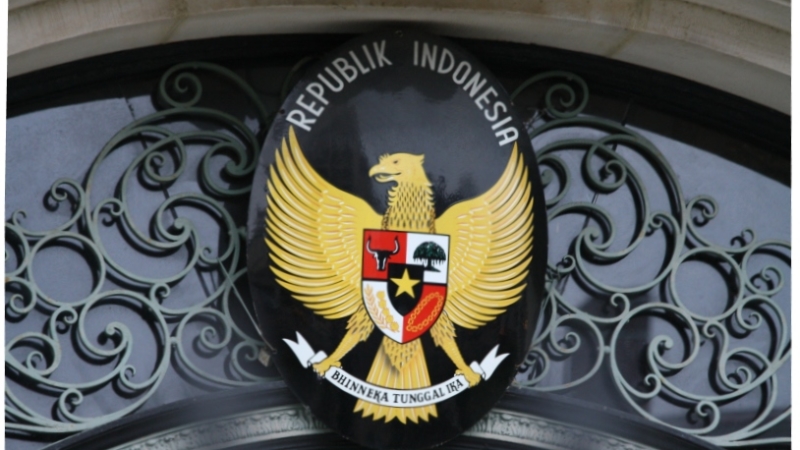The South East Asia Medical Device markets including South Korea, Indonesia, Thailand, Malaysia, India, Philippines, Singapore, Malaysia and Vietnam have been growing at a higher rate than the developed medical device markets of the Western world. These countries have shown high rate if imports in medical devices, larger expenditure by the private and government sectors and increasing interest in medical device manufacturing. READ ALSO: Manufacturing License in India. Demands for import and infrastructure in the medical device market in Korea, Indonesia, Thailand, Malaysia, India, Philippines, Singapore, Malaysia and Vietnam is mainly due to the expansion in the healthcare sectors and increasing priority of the governments to provide high quality of care to its people.
Indonesia introduced the Social Insurance Providers Board (BJPS) Law, in 2014 that provides universal healthcare to all Indonesians. This is managed by the state controlled PT Askes which entitles all Indonesians to free treatment at government hospitals. However, the funding by the government is low, with Indonesia largely depending on International funding and struggling with bureaucratic problems.
Serving a population of over 240,000,000, Indonesian hospitals predominately import medical devices to provide healthcare services. In 2011, 37,851 medical devices were imported into the country versus 3,872 manufactured locally. Hence about 90% of the demand is met by imports. (Source: Directorate General of Pharmaceutical and Medical Device Service Ministry of Health of Republic Indonesia). The best parts of the market are in and around Java with the other parts of the country relatively undeveloped.
- With a growth rate projected at a CAGR of 12.7%, the Indonesia medical market including device and equipment is expected to be a US $1222 million by 2018.
- The majority of the growth in the Indonesia medical market is expected from Indonesia’s diagnostic imaging demand of 20.5% while the Indonesia medical device market has a relative smaller trajectory of 6.2%.
- The Indonesia medical device market is highly dependent on import of medical devices to meet the local healthcare demands.
- 2009 saw a fall in import by 1.4%. However, since then imports have risen strongly by 38% in 2010 and 22% in 2012.
- The current import value of medical devices in Indonesia is US $630 million.
- Exports have also risen in Indonesia with the government encouraging local manufacturing of medical devices. In 2014, the Indonesia medical export was us $ 317 million with a rise by 7% from 2013.
- Local manufacturing is primarily in the basic and disposable sector including surgical gloves, bandages, hospital hollowware etc.
Several South East Asian countries including Thailand, Malaysia, India, Philippines, Singapore, Malaysia and Vietnam have relatively young regulatory bodies. READ ALSO: An introduction South East Asian Countries Regulatory Process. Medical devices have been regulated in Indonesia since 1991. NA-DFC is the regulatory body in Indonesia and the certification for both pharmaceuticals and medical devices. Under the NA-DFC, the Deputy of Therapeutic Products and Narcotics, Psychotropic and Addictive Substance Control is the sector responsible for pre-market evaluations of drugs and devices, including inspections of manufacturing sites to ensure Good Manufacturing Practice (GMP), and post-market surveillance activities once products have been licensed. These include product sampling, laboratory testing, and inspections of manufacturing and distribution facilities. This sector is supported by several other departments.
Below is a pie chart of the number of products approved by the NA-DFC in the last one year.
Only a company which has the distribution license (IPAK) issued by the MOH RI (Ministry of Health Republic of Indonesia) can import medical devices. It is important to note that there can be only one legal importer and distributor in Indonesia. Additionally the filing to MOH RI can be done via a e-registration online system which makes the process simple and efficient. The Registration import medical device license has a validity of minimum 2 years and maximum 5 years. Spare parts and accessories do not require registration. Classification and key document requirements.
To learn more about how to sell your medical device in Indonesia contact our team.

